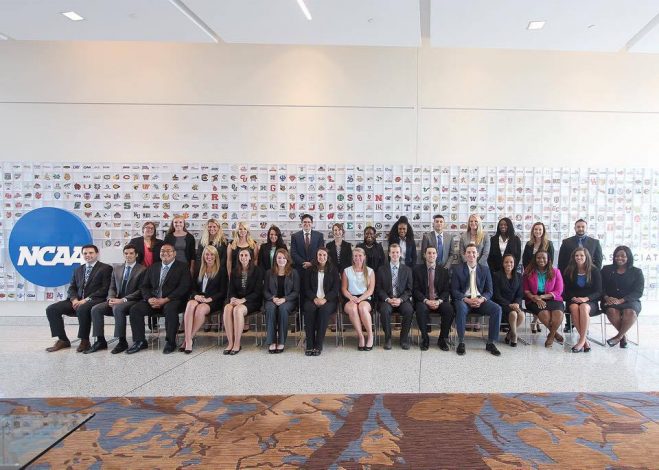
With the fall season of National Collegiate Athletic Association (NCAA) Division I, II and III seasons canceled or postponed, what are marketing departments doing to still engage with key stakeholders?

Sports marketing is exciting and engaging because of the rivalries, school pride and the fact that someone wins. I worked at the National Headquarters at the NCAA in Division II for a yearlong internship. My responsibility was to use the Division II social platforms to highlight the different sports and student athletes competing for a National Championship.
What happens when there are no sports?
The NCAA Presidents Council and Board of Directors determined that the 2020 Fall Championships would be canceled. This means that any student athlete playing at the collegiate level will not be vying for a NCAA National Championship. What’s the point of a season if you cannot compete for a championship? Most athletic administrations are asking themselves this same question and figuring out a new communication strategy to keep key stakeholders involved.
How can you plan content or strategy with no competition dates, no preseasons, and no in-game operations or ticket sales?
One athletic office is looking to use this time to share information on their organic social platforms. One university is focusing on short videos, best play/highlights recaps from previous seasons, student-athlete interviews and behind-the-scenes footage. It’s important to create content that takes followers behind the scenes.
If you are heading into the fall and haven’t planned your strategy yet, here are a few tips that Flint Group recommends to keep your social media presence active and engaging:
- Focus on the institution’s brand. Using your institution’s motto can help grow the brand message. If you do not have a motto, it’s time to get one!
- Run a fall campaign. People are turning to social platforms for new ways to connect. Remember to give status updates on the department and what you are doing to stay safe, protect student athletes and the improvements happening to your athletic facilities.
- Take inventory of your accounts. What posts are doing well and what posts are not doing well? Look at your social media analytics month over month. Optimize your social media pages by following best practices.
- Give your audience a behind-the-scenes look. Show what your athletic institution is doing while competition is not happening. This can be through short videos, interviews and photos that give fans an inside look at the workings of an athletic department.
- Monthly or quarterly communication with updates and information is an important touchstone with your supporters and stakeholders. It’s a time to virtually build that relationship with information and respect to your key stakeholders. Make them feel important and part of the conversation.
- Looking for PR stories? People are curious what student athletes are doing with no season. Are student athletes still required to work out? Are they still able to get together as a team? Highlighting current players and what they are doing without sports is a way to stay engaged with your audience.
